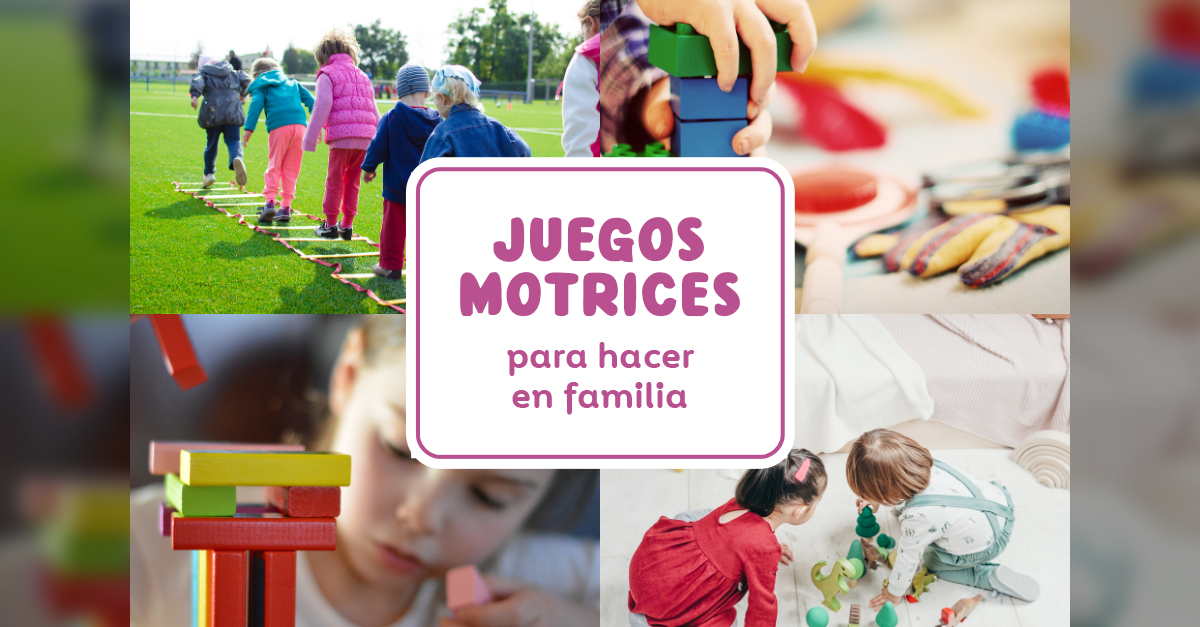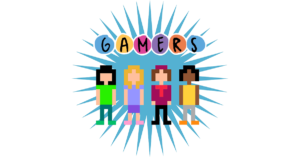Easy and fun resources to stimulate motility with Geometry
Today, I want to introduce you to easy games that will help to revise and integrate children learning.
Thanks to learning psychology we know that the body is the place where we start to learn and experiment. It turns into the main reference and receives all of the sensations and perceptions, and if we use the movement, we get information about what is happening around us when we make something. If we repeat this process enough, we learn and acquire abilities, and even more, if we have fun doing it, the learning will be consolidated faster and more pleasant. Play, experiment, move, and repeat, are the keys.
From the movement of our body the space that surrounds us, to my hand moving along the paper, there has to be a process of gradual and adaptive integration of the evolutive characteristics in every child. In fact, if we don’t interiorize the first part, we will have problems in the second phase.
For that reason, these games seem very interesting.
Games using the whole body (gross motor skills)
Learn Geometry by jumping and stimulating spatial thinking.
For games with geometrical shapes, it is important to know the sequence in which the first shapes are going to be incorporated. Vertical and horizontal lines and the circle are the first ones. After that, the cross and the square. Then, the X and the diamond. Later on, the complex or mixed shapes.
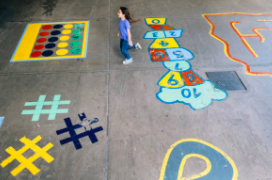
- Labyrinths: are very interesting to improve the rational ability and problem-solving.
- The power of the circle: it is a common way of many cultures to organize meetings and express ideas. It is used in Art as in the Land Art. We encourage you to find out the beautiful possibilities of nature (read Richard Long or Andy Goldsworthy)
- Geometric shapes on the floor: Draw many geometric shapes on the floor with chalk, no order and in different colors.You have to jump from one to other depending on the instruction of the adult person, avoiding falling, and trying to reach the end.
- Hopscotch. Invent your own version. You can use geometric shapes, letters and numbers, and types of steps: simple or double.
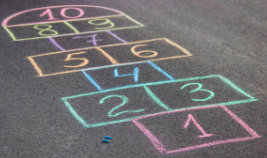
Sensorial games
Thanks to them, we are going to improve the internal vision of how we feel and the mental map of our body.
- Drawing on skin: the game of the geometric shapes painted on our backs or our hands or our leg without looking. With the eyes shut I can stimulate and experiment the vision of external stimuli and the abstract shapes through sensations in my body.
- Feeling the letters: create letters with play dough, crumbs or sponges, touching and feeling them, makes children perceive tridimensional objects that are normally seen in 2D, which will improve their perceptions. Making letters of sand, stamps with ink and the sponge, are some fun options for children.
- Labyrinths with the fingers: make labyrinths of different levels of difficulty and solve them, in sand, flour or liquid soap.
- Tangrams: put geometric shapes in a proper order to make drawings.
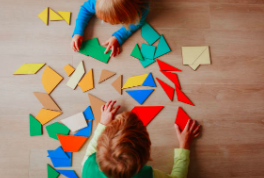
- Mandalas: using a circle as a base we can create beautiful drawings. We can do it with color chalks, fingerpaint, candy wrappers, etc.
- Drawing with Geometry with rubbers, ropes, and ice cream sticks.
We bet on family and fun learning.

